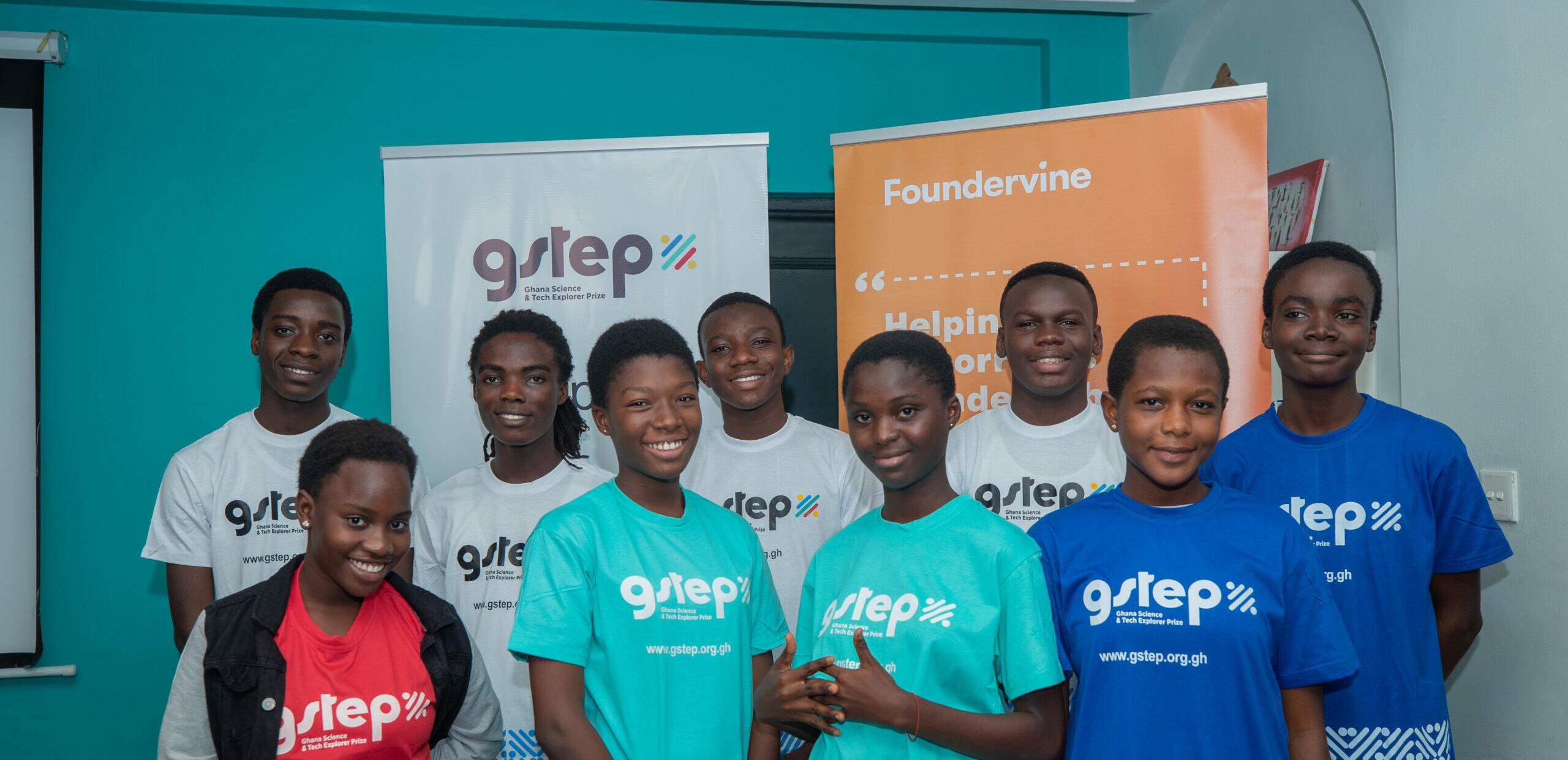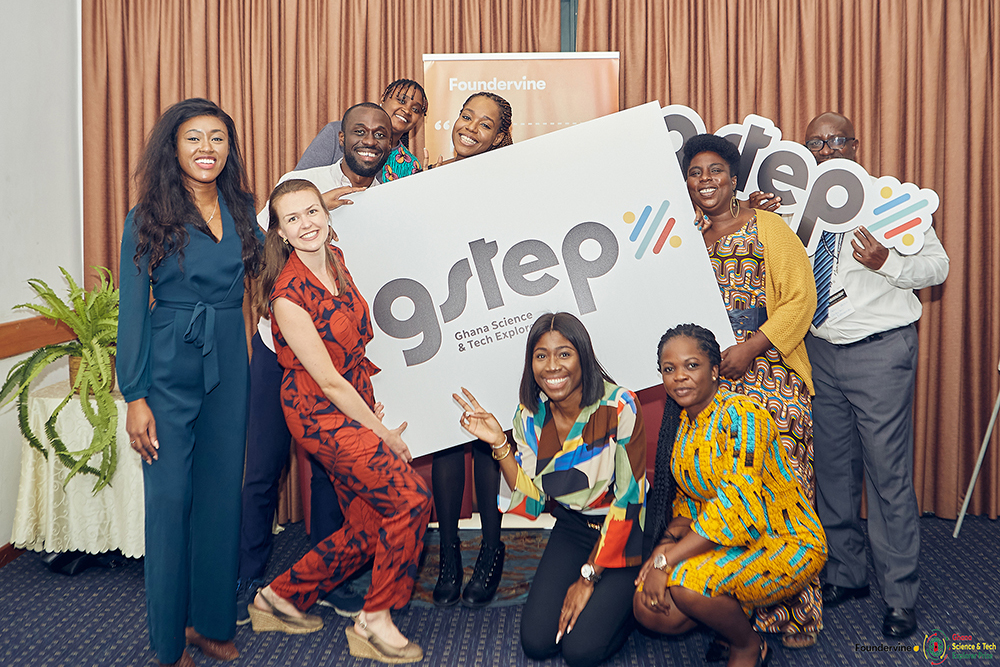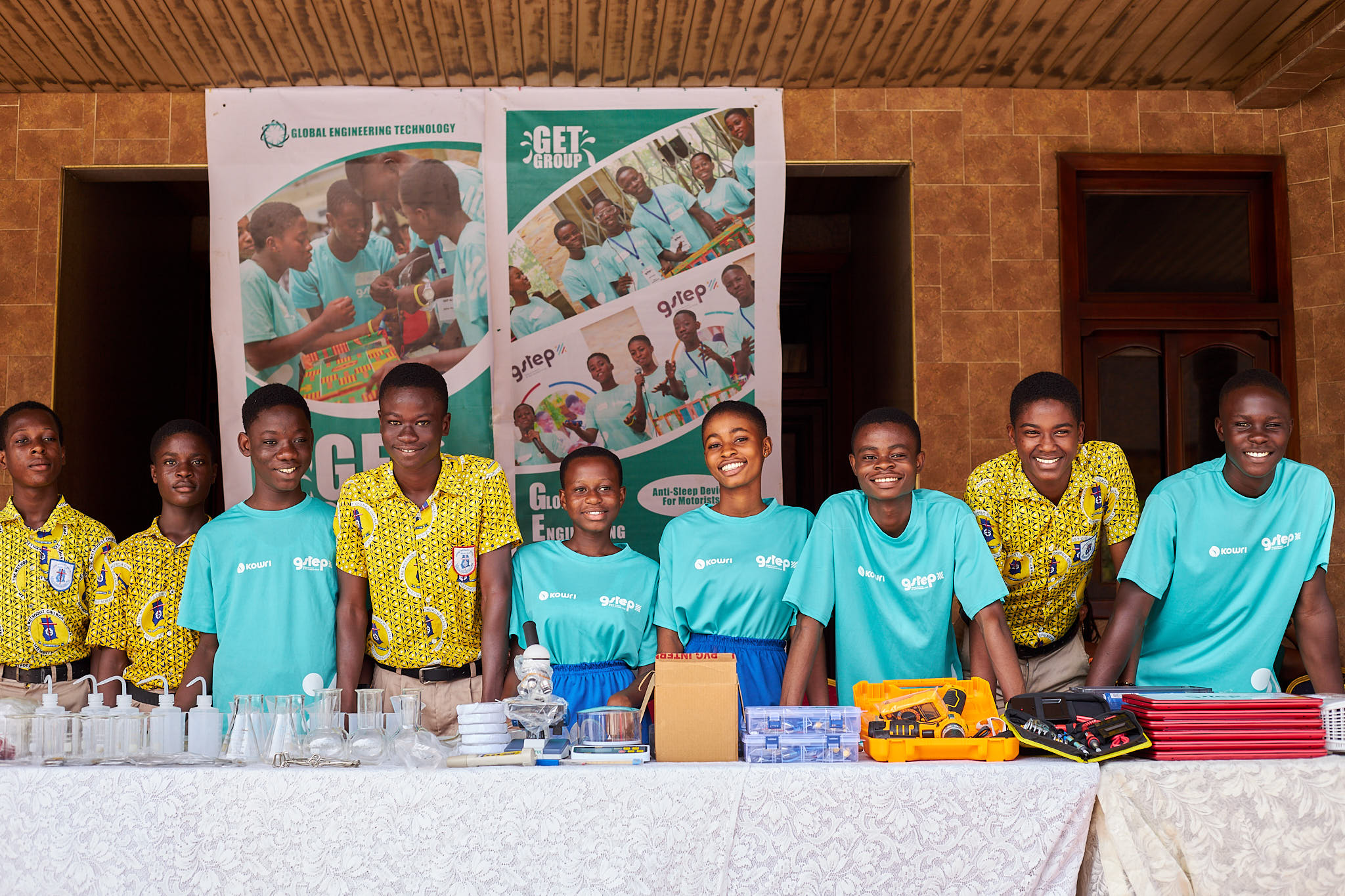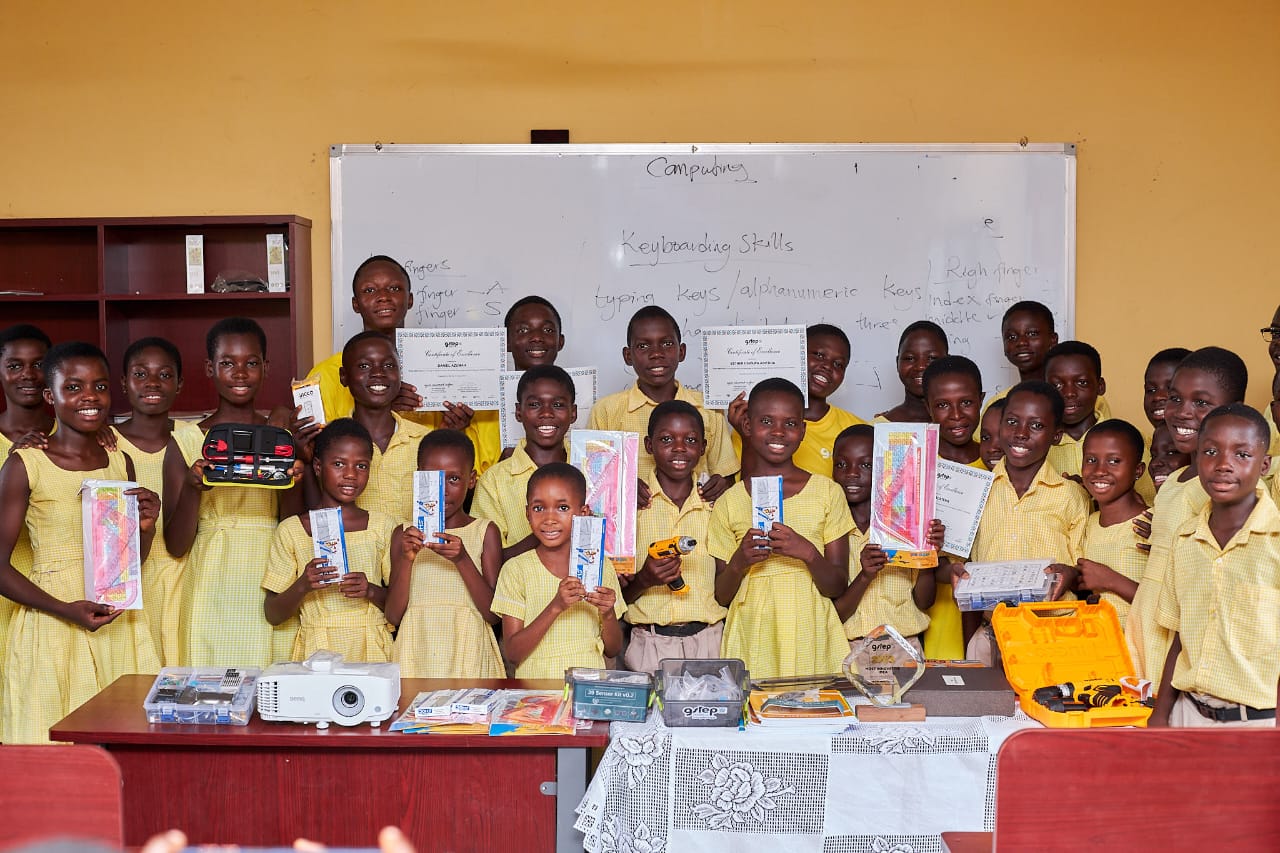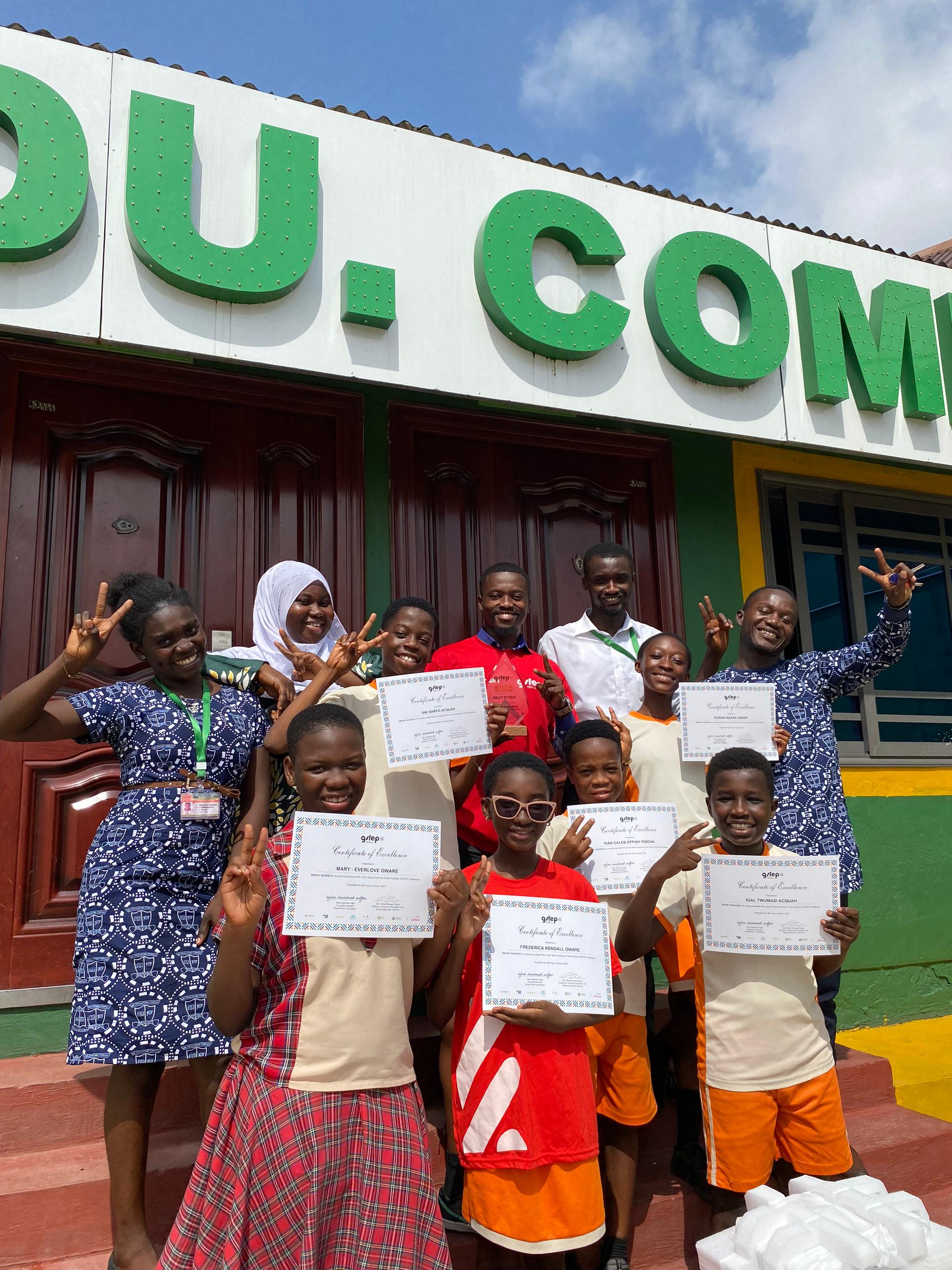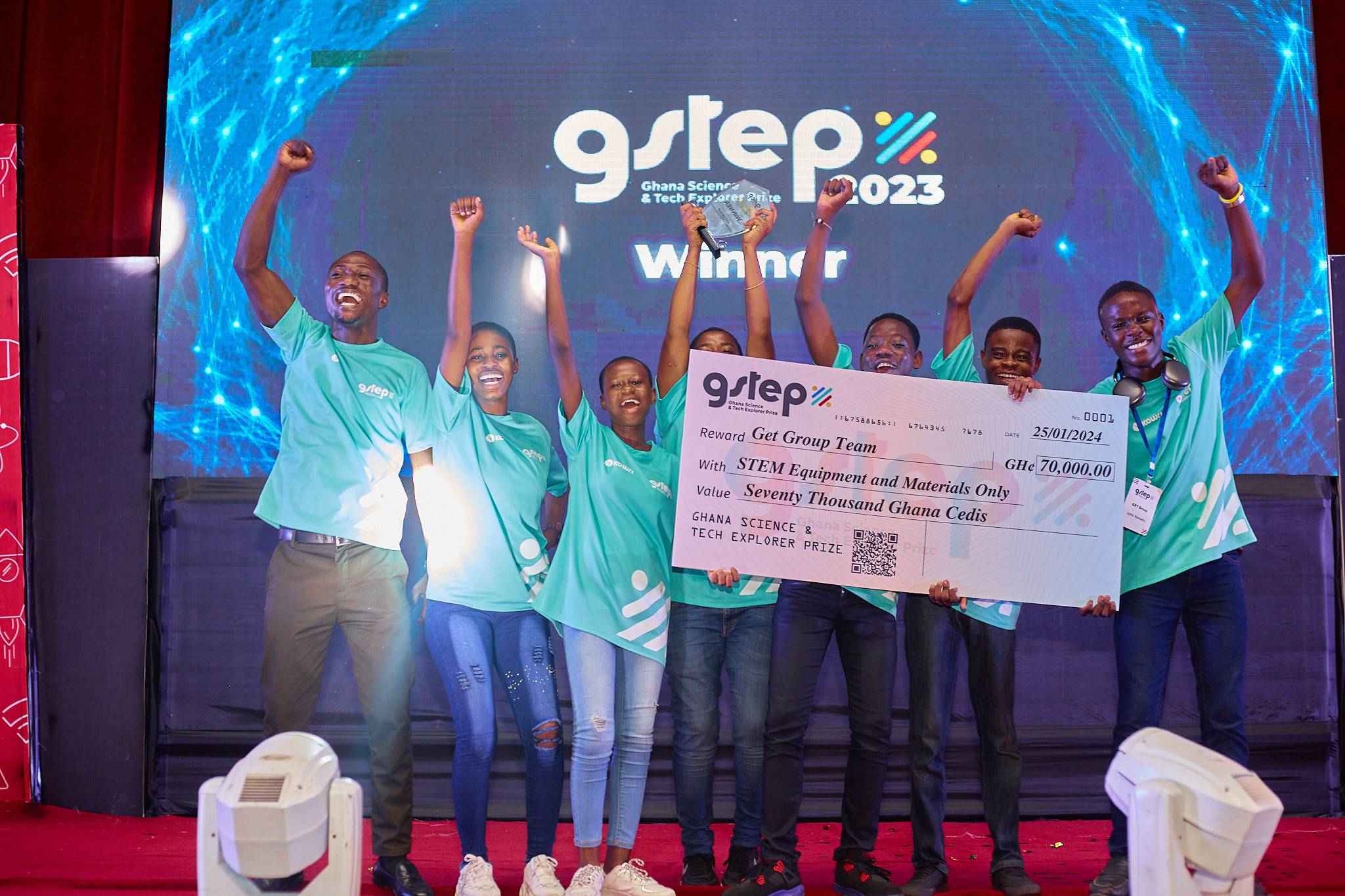Understand the local context
One of the challenges facing the international development industry is the misconception of the ‘one size fits all’ model. Just because a programme has worked brilliantly in one geographic context, does not mean it can be simply ‘lifted and shifted’.
Although Nesta Challenges has delivered several similar prizes for students in the UK, we knew we needed to design a bespoke challenge prize that was fully tailored to the local context in Ghana.
The programme should also be led and run by local organisations, at least in the most part. Inevitably, local organisations understand the local needs best.
This is why we are dedicating a full year to develop the prize design, working closely with our consortium partners based in Ghana: DreamOval Foundation, Dext Technology, MEST and Foundervine.
Engage the full local ecosystem
To deliver truly systemic change and positive long-term impact, you need to engage all of the relevant stakeholders. This is both to learn from them and also to get their buy-in.
In the case of GSTEP, the relevant stakeholders include:
- Funding bodies (including Foundation Botnar, our lead sponsor on GSTEP) to recognise the need for systemic change and support the approach we are taking;
- Public sector bodies (including the Ministry of Education and Ghana Education Service), to align the objectives with the government curriculum and strategy;
- Industry leaders, to support with funding and in-kind support;
- Schools and teachers, to understand the barriers they are facing and the support they need;
- Students, to understand the barriers they are facing, their learning abilities and how to engage with them most effectively; and
- NGOs, to align on our aims and learn from shared experiences.
Strong engagement from all of the key relevant stakeholders has been essential from the very beginning of the prize design, both to ensure the programme is set up for success and also to secure investment and funding beyond the programme’s life cycle.
Again, this is why we are dedicating a full year to engage with various local stakeholders in the first year of the programme.
Understand your target audience and key messages
For any public-facing programme, you need a clear communications strategy. This starts with understanding who you want to reach and what you want to say to them.
When you have this clarity, you can then:
- Design an engaging and consistent brand;
- Identify the platforms that reach this audience most effectively; and
- Share regular, engaging and clear content.
This is still an ongoing area of learning and focus for us on GSTEP. We are currently putting a lot of attention into this area and we are looking forward to launching our new brand in November… watch this space!
Embrace and learn from setbacks
When developing a new challenge prize, especially in a new geographic context, you will often understand what doesn’t work before you learn what does work. This is certainly something we’ve experienced on GSTEP.
Frustrating though this can be at the time, this is an important part of the design and learning journey. You should take the time to test, test again, understand what hasn’t worked and why this is.
This will make sure you are setting yourself up for success in the long-term and that you are able to achieve the positive impact that you set out to. This will also help to avoid wasting significant time and resources.
Be clear about the impact you want to have
Impact has become an increasingly intangible and complex concept. But it remains one of the most important aspects of any programme.
From the very outset, it is essential to be very clear about what you mean by impact, including:
- Who do you want to impact?
- How many people do you want to impact?
- When do you want this impact to take effect?
- How are you measuring and monitoring this impact?
- How are you going to display this impact?
None of these are easy questions to answer. But not only is this important for measuring the success of the programme, funders also rely on a clear understanding of impact.

